A blockbuster collection of standalone novels set against some of the most suspenseful and action-packed scenes of the second world war. Our August Series of the Month is The Spoils of War collection by Graham Hurley.
Featuring historical and fictional characters, The Spoils of War collection explores World War II from multiple points and perspectives. We can't phrase it any better than our Expert Reviewer Liz Robinson when discussing the latest book in the collection, The Blood of Others: "it isn’t in chronological order and the focus isn’t always the same characters, so calling it a collection is perfect". While within this collection, Kyiv, Last Flight to Stalingrad and Katastrophe does offer a mini-trilogy, the decision to not write chronologically means that each book is an accessible starting point to readers who are new to the series.
Graham Hurley is the author of the acclaimed Faraday and Winter crime novels and an award-winning documentary maker. He has been shortlisted for the Theakston's Old Peculier Award for Best Crime Novel. His The Spoils of War Collection thriller Finisterre was shortlisted for the Wilbur Smith Adventure Writing Prize.
The Spoils of War has become one of our favourite series and so we jumped at the chance to find out more about this dynamic and compelling historical thriller collection from the author himself. Keep reading to learn more, you'll also find all the books at the bottom to add to your basket.
Our reviewer called your latest book in The Spoils of War collection, "a masterful and fascinating historical thriller set around the catastrophic events of the Dieppe Raid in 1942." How would you describe The Blood of Others?
I suspect the phrase ‘a settling of accounts’ would come close. I first came across the Dieppe Raid (as it was then called) during my years making TV documentaries. Many of these programmes served as anniversary offerings, but I deliberately chose a revisionist, investigatory approach in the belief that events like the Dunkirk evacuation and the D-Day landings had become larded with cliché. The Dieppe Raid, on a far smaller scale, was the perfect illustration of just how badly things can go wrong in any war, and then – on a publicity tour of Canada – I met a veteran who’d actually been there, and from that moment on I began to understand the depth of Canadian anger at the scale of British negligence and at the reckless decision to authorise the operation in the face of near-certain disaster. The blood of others? Spilled on those dawn beaches? Read on….
Focusing on your current Spoils of War collection which so beautifully balances the epic scale and horror of war with the intimacy of characters' lives, how did you choose the focus for each book?
In truth, it varies. The spark that ignited the first book (and the collection that followed) came from a chance sighting of a WW2 plaque in a remote Galician fishing village. A U-boat had foundered in a storm on reefs outside the harbour in 1943, and local fishermen had saved some of the crew. That event at O Barquero juiced my imagination. It was late September at the time, the roads and the beaches empty, and we drifted from camp site to camp site in our ancient camper while the story sorted itself out. Within days I knew pretty much where it was headed, and after a great deal of supplementary research I’d nailed the first draft.
Finisterre did the biz, which was a relief, and the rest followed. Book Two – Aurore - put me in the head and heart of Billy Angel, a wireless operator on a Lancaster bomber crew, and opened the fictional doors to a bird’s eye view of the Hamburg firestorm, coupled with close-ups from other – German – characters underneath the bombs. Horrible. Estocada came from the same fascination with the war in the air, from the German POV this time, while Raid 42 flourished on the rich fictional pickings implicit in the Deputy Fuhrer’s 1941 decision to single-handedly bring the war to an end. Rudolf Hess, a muddle of a man, was a gift to any working novelist. As are some of the other tribal chiefs beating their tom-toms along the Wilhelmstrasse.
By this point, the collection had gathered considerable momentum and the seed for the next book was guaranteed to sprout during the writing of the one before. If this sounds like recycling, it isn’t. It was a huge war. Awash with fictional potential.
How did you weave together that all-important mix of fact and fiction with regards to the events that took place?
Mixing fact and fiction is both a challenge and an opportunity. A challenge because you have to be totally on top of the chronology – what happened to whom when and where – and an opportunity because you have to have read your way into an instinctive understanding of the real historical figures you’re about to kidnap in the name of authenticity.
Getting inside a voice and a mindset, understanding how and why a long-dead person ticked, isn’t simple but diaries and letters help immeasurably, as has a sixteen-book grounding in Crime Fiction. The latter truth occurred to me only recently. Writing cri-fi demands a constant attention to the smallest nuances of manner, diction and body language; that’s where any decent detective makes his name. The same is true of sequences, conversations, exchanges between a fictional character - say Josef Goebbels – and Werner Nehmann, his once-Georgian protégé. These, says me, should serve to push the story forward, shed light onto contemporary developments, and – above all – invite the reader to moisten a fingertip and turn the page.
You bring people to life with the small almost invisible parts of them. When writing about someone who actually existed, how much research did you complete with regards to their character, and how difficult was it to step into their shoes and make them speak?
Good question, and in a way I’ve just tried to answer it, but to plunge a little deeper, let’s take three characters: Adolf Hitler, Winston Churchill, and Hermann Goering. First I soak up as many biographical accounts as I can lay hands on. Then I look very hard at contemporary photos and – above all – newsreels.
Hitler is a fidget, with a visible sense of his own destiny that can appear as a kind of awkwardness. My guess is that any attempt at proper conversation would quickly hit the rocks, which would explain why he was so prone to lengthy monologues, hogging the late afternoon at a café table, or bellowing at tens of thousands of the uber-faithful at Nuremberg. Churchill, too, was a man in love with his own voice, never taking kindly to interruptions or conversational competition. He was passionate about the perfectly-turned phrase or killer put-down, and adored the attention of photographers.
Goering, on the other hand, was – to me – the most interesting of the three. Good war over the WW1 trenches. Nasty wound that bred a longterm dependence on heavy painkillers. Plus a raw, unabashed enjoyment of life’s tastier offerings. A glutton with a limitless appetite for dressing-up, the father of the Luftwaffe embraced the blessings of the Reich with rude vigour and – I suspect – just a hint of irony. Unlike his Fuhrer, Goering seems to have been a man at ease with himself, and of the three wartime giants, probably the best company at a Berlin bar.
Who have been your favourite characters, based on real people, to write about, and what was it about them in particular that spoke to you?
I got a lot from writing the Goebbels passages in Last Flight to Stalingrad. Why? Because of his fierce intelligence, his guile, his physical courage (for a smallish man he was never afraid of a fight), his manipulative skills, his sheer sense of vision when it came to bending various media to the service of the Reich, his lifelong loyalty to his Fuhrer, and – above all – his growing sense of loneliness.
Given his access to dozens of starlets whose careers were controlled by Goebbels’ Ministry of Propaganda, the Minister’s bed was rarely empty. Goebbels also had a stern wife (whom Hitler adored) and six kids. Yet the upper reaches of the Nazi dungheap was never a place where you’d risk a confidence or the beginnings of a genuine friendship, and I’ve ended up with the conclusion that Goebbels’ best friend was his diary. Sad? Yes. But fertile territory if you want to couple him with someone as equally devious and talented as Werner Nehmann (see Last Flight to Stalingrad).
How important was it for you to tear down barriers between good and evil and right and wrong when it comes to humanity and what we are capable of?
You have to be very careful about words like good and evil, even when wading through the swamp that became the Second World War. This came to me very forcefully a while back when I read Gitta Sereny’s magnificent account of the life of Franz Stangl, who was an accomplished administrator with the normal ration of family responsibilities and a modest determination to serve his Fuhrer and his Reich. This took him to a series of posts and he ended up running the death camp at Treblinka.
That promotion put him in the very depths of the Nazi darkness, a prime candidate for the taint of Evil, and yet – as Sereny shows – he remained, at heart, an administrator doing his best to remain a human being. Context, circumstances, and small acts of cowardice – basically a reluctance to say ‘no’ - have far more salience than any of us can possibly understand. Is this a plea to put the Holocaust in a kindlier light? Not at all. But look very hard at any human being and you start to realise the uselessness of terms like ‘Good’ and ‘Evil’.
Can you tell us a bit about your writing process? Where do you write and do you have any writing habits?
This is going to sound dull. The writing process for The Spoils of War collection begins with months and months of reading, note-taking, and cross referencing. Only then do I decide on the cast of characters I want to recruit for the coming journey. I brief them barely at all. I know these guys. I’ve decided where to start. And so – at 09.00 on Day One – off we go. At half ten I exercise and make breakfast. At six in the evening, lifting advice from Ernest Hemingway, I write the first line of tomorrow’s marching orders, retreat downstairs, open the fridge door, and pour us a beer. More beers lead to supper. Eight weeks later, with a following wind, the fridge is empty and the job is done. Fab.
Which books do you like to read? What have you read and loved recently?
Just now, I’m getting to the end of The Kindly Ones, by Jonathan Littell. Littell is half-French, half-American, and The Kindly Ones was originally written in French (as Les Bienveillants), which probably explains the world’s worst title (in English). This is a shame because the book itself – at 900+ pages – is truly an eye-opener.
Join the dots between some of WW2’s darkest episodes – the massacre at Babi Yar outside Kyiv, the pitiless slaughter at the Battle of Stalingrad, the provenance and administration of the Nazi death camps – and you’re looking at the subject matter for this extraordinary book. In the shape of SD Hauptsturmfuhrer Dr Maximilien Aue, Littell has invented the perfect narrative glue to keep a journey of this scope and ambition both coherent and – even more important – authentic. A masterpiece, says me.
What is your desert island book, why is it your must-have read?
The Kindly Ones, possibly retitled. See above.
What is next for you in terms of writing?
Happily, I’ve just been re-commissioned, and my first challenge is to write a blockbuster in the spirit and vein of the collection but perhaps attracting a wider readership. This isn’t as simple a proposition as you might imagine but the fact that it will be my fiftieth published book fills me with a kind of wonder. Stay tuned….


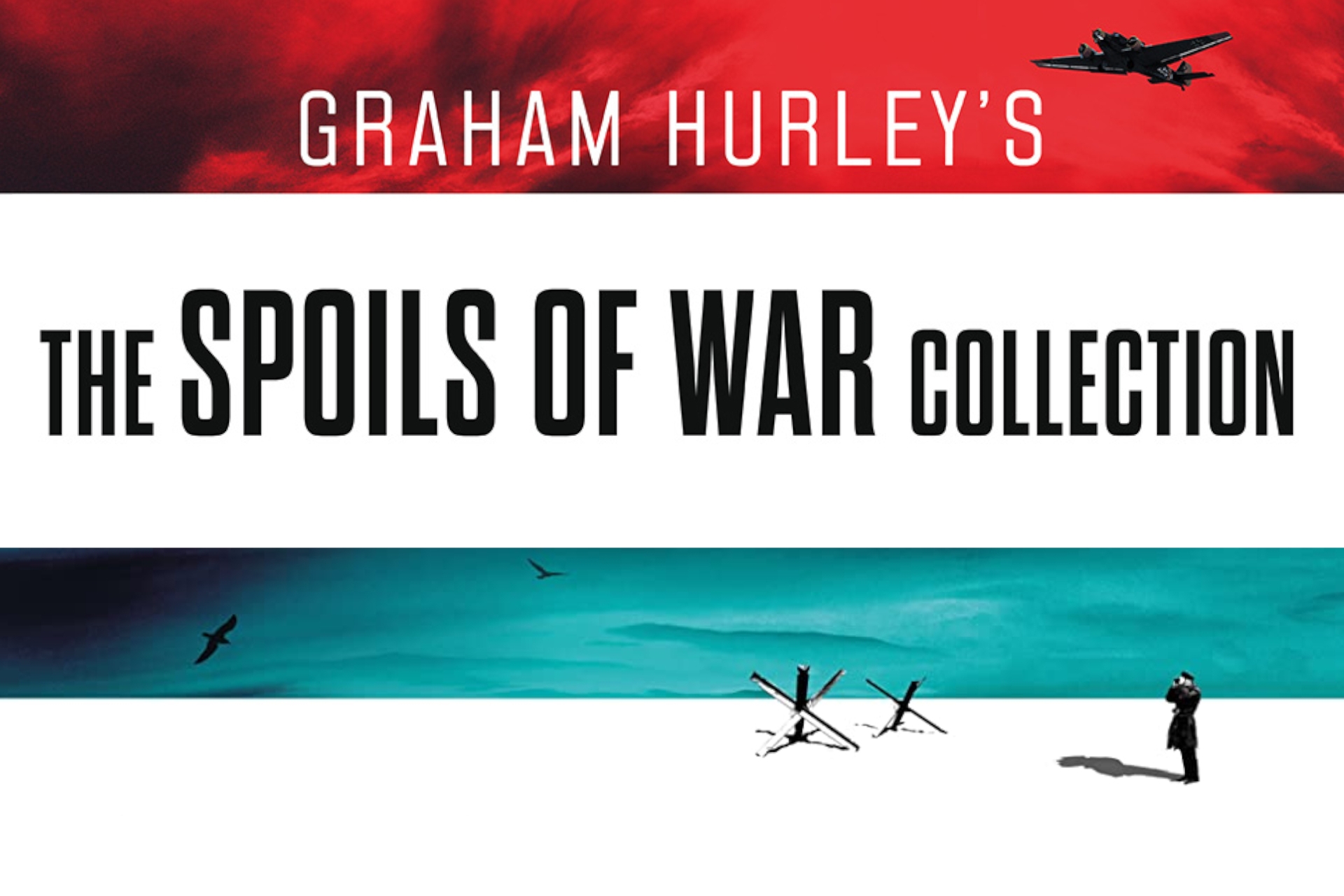
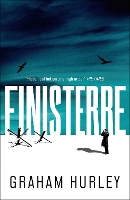
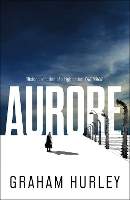
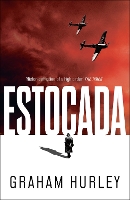
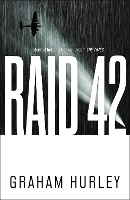
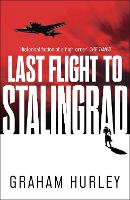

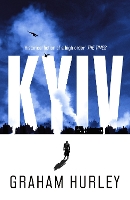
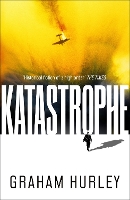
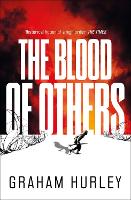

Comments (0)
Leave A Reply
You must be logged in to post a comment.